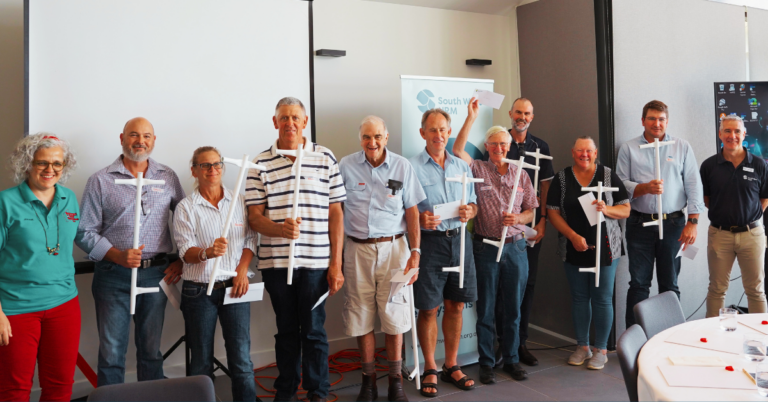
A year-long farming project by South West NRM has revealed clear benefits of a sustainable approach to growing pasture, highlighting that environmentally friendly systems can also be a cost effective option when compared to traditional methods.
Under the Challenge, four groups of farmers were tasked with creating their own agricultural package – a combination of preferred pasture varieties, selected pesticides and fertilisers and then applying any chosen treatments like deep ripping.
Their selected approach should aim to address and overcome problems identified with soil at the Challenge’s Busselton site which included acidity, compaction and clover root disease.
Agricultural packages created by each of the four farmer groups were then applied to three 50m x 3m strips of soil at the test site. One set of three strips also received no treatment at all for a baseline comparison.
- Rippers – deep ripped and applied 2.5 tonnes of lime per hectare;
- Soil pH – applied 5 tonnes of lime per hectare
- Plant biology – treated compaction with plants and used biological amendments;
- Meat and Tatties – no soil constraint focus.
Pasture Challenge Winners plus details of research insights gained from the extensive range of scientific testing and analysis conducted were announced at a special event in Busselton last week attended by more than 70 farmers and agriculture experts.
Two farmer groups were announced as Joint Winners of the South West NRM Pasture Challenge – The pH Group and The Rippers Group due to their combination of:
- Good yield, pasture quality and utilisation;
- Low legume root disease and;
- Lowest costs;
- Improved soil condition – The pH group showed improved topsoil health through lifted pH level, with expectation that in time this would move down to the subsoil layer, and Rippers improved soil compaction.
The most surprising finding of the Challenge results and significant in the selection of winners, according to South West NRM Sustainable Agriculture Manager Peter Clifton, was that pasture strips left uncultivated had more root disease.
“While all the other treatments had relatively high levels of at least one of the four diseases, pH was always relatively low and also seemed to have the cleanest – white compared to brown – roots,” Peter said.
University of WA Professor and clover root disease expert Martin Barbetti spoke at the Pasture Challenge final event and explained pasture productivity had been vastly impacted right across southern Australia by a complex of several root diseases – with the main four identified at the Pasture Challenge site of Phytophthora, Pythium, Rhizoctonia and Aphanomyces.
Professor Barbetti said while overcoming the problem mainly required selection of pasture species with high resistance to disease, there were some additional management actions which could help reduce the impacts – including cultivating soil every five or seven years.
Other Challenge findings:
- Use of lime can effectively treat soil acidity but can create an associated health risk for livestock of copper deficiency especially when molybdenum levels are high or more than 2,500ug/kg. (Important to undertake comprehensive pasture tissue testing (including molybdenum) prior to liming and applying copper if required). More information is available HERE.
- The Rippers were the only group to reduce compaction and also had half a tonne more root mass per hectare in the 10-20cm deep soil profile than any other group.
- pH group was the cheapest, followed by the Rippers. Both groups managed to produce a good quality six-tonne pasture while improving soil health.
Farmers in the two winning groups received a pogo stick soil sampler and two hours of free agronomic advice.
The Pasture Challenge has been designed and delivered in partnership with Western Beef Association.
It is part of the Soil Wise project, funded by the National Landcare Program Smart Farms Small Grants – an Australian Government initiative. It is supported by Healthy Estuaries WA – a State Government program.
Future proofing farming and environmental conservation form the two key pillars of work by South West NRM’s team of ecology and sustainability experts ensuring we deliver on our mission of creating landscape-scale solutions for healthy and productive ecosystems.
You can read more about this project on the below page of our website.



